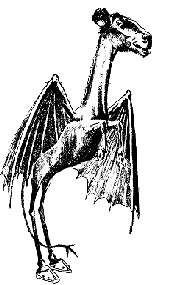Going in and out of so many conversations might make you sit back and wonder, for a second, if these individual fragments actually mean anything. Why, really, are you talking to anyone if the dynamics of this situation are such that no conversation lasts longer than a few minutes. Where are the deep, hours long explorations of personal philosophy? The deep examinations of motivations and passions? With time, I assure you, that will come, but you need to establish a reason for it. And, sometimes, something left unfinished is more beautiful and more intriguing than the most complete masterpiece.
Take, for instance, Mozart’s Requiem Mass without any of the completions (personally, I’m partial to Levin’s). The ending is hauntingly abrupt considering the emotional torment and bizarre circumstances behind the creation of the piece. As unfinished works go, however, I’m quite enamored of Schubert’s Unfinished Symphony, generally referred to has his Eighth. Schubert only completed the orchestration for two full movements, though a full piano score for a scherzo remains as well. The odd thing about this particular unfinished piece is that it was not interrupted by Schubert’s death. Rather, he seems to have just moved on to other things for the rest of his life (six years). A number of theories suggest that Schubert did, in fact, sketch a full fourth movement, which then became part of the incidental music for Rosamunde. However, the evidence is slim, and largely based on the fact that both are in B minor.
Still, even though it’s never been finished, the piece has become, since it was first performed in 1865, one of Schubert’s most popular. So if you find yourself listening to a young woman’s lament over the emptiness of so many unfinished conversations, you can say something along these lines: “Honestly, I’m always fighting to not let those half finished conversations depress me. Rather, I think about how unique, challenging, and exciting the conversation that did happen actually was. It’s like Schubert’s Unfinished Symphony. I could dwell on how much I wish he had finished it, or I can revel in the beauty of what he did leave us, and know that we’re all richer for it.”
A bit highfalutin? Maybe a little overwrought? Well, sometimes you need to go to extremes in order to fend off the dangers of existential ennui.

















